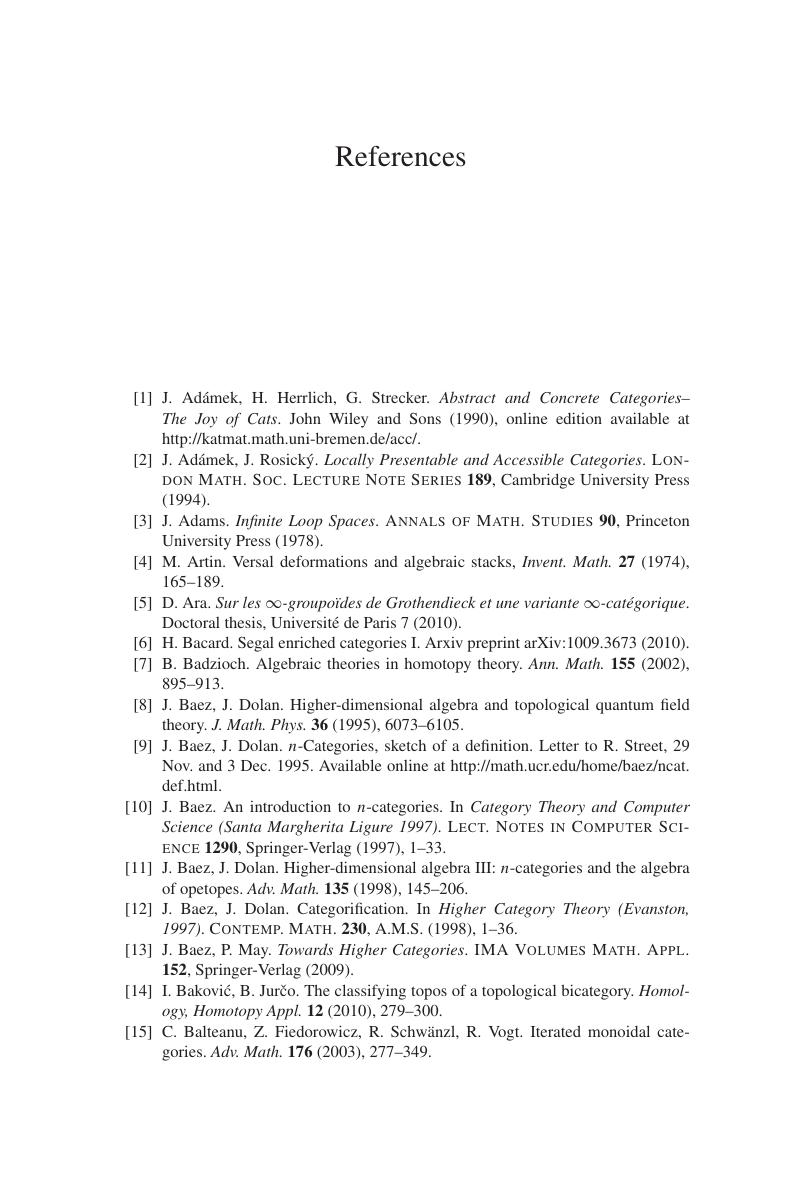References
Published online by Cambridge University Press: 25 October 2011
Summary

- Type
- Chapter
- Information
- Homotopy Theory of Higher CategoriesFrom Segal Categories to n-Categories and Beyond, pp. 618 - 629Publisher: Cambridge University PressPrint publication year: 2011



